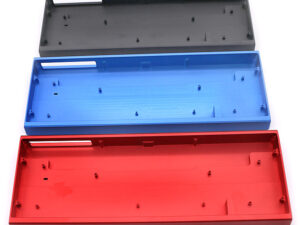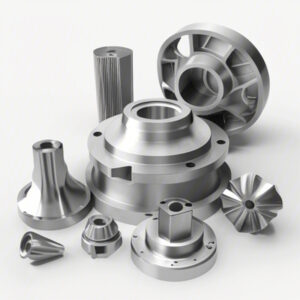*
Corrosion resistance in materials is critical in various industrial applications, particularly in fields such as oil and gas, pharmaceutical, and food processing. The choice of stainless steel grades is crucial, particularly when utilizing CNC machining techniques that govern the material’s properties and performance. Two commonly compared grades are 316L and 904L stainless steel, both known for their superior corrosion resistance. This article by YL Machining delves into the properties, applications, and machining considerations of these two stainless steel types, providing insights into their corrosion resistance and helping engineers and manufacturers make informed decisions.
—
Stainless steel is an alloy primarily composed of iron, with a minimum chromium content of 10.5%. The addition of chromium creates a passive layer of chromium oxide on the surface, effectively preventing corrosion. The specific alloying elements used along with chromium significantly influence the material’s overall performance, particularly in hostile environments that present challenges like pitting, crevice corrosion, and stress corrosion cracking.
Both 316L and 904L stainless steel grades are austenitic stainless steels, characterized by their unique crystalline structure, which enhances their resistance to various forms of corrosion.
316L stainless steel is an alloy that contains roughly 16% chromium, 10% nickel, and 2% molybdenum. The addition of molybdenum, specifically, considerably enhances its resistance to pitting and crevice corrosion, especially in chloride environments. The ‘L’ in 316L denotes its low carbon content (maximum of 0.03%), which minimizes carbide precipitation during welding and allows for superior weldability.
Applications of 316L Stainless Steel:
904L stainless steel comprises about 20% nickel, 25% chromium, 4.5% molybdenum, and a relatively high percentage of copper (about 1.5%). Its unique chemical composition significantly boosts its resistance against chloride-induced pitting and crevice corrosion. Moreover, its high nickel content is crucial for enhancing the steel’s resistance to strong reducing acids, including sulfuric acid.
Applications of 904L Stainless Steel:
Both 316L and 904L exhibit excellent corrosion resistance, but there are specific conditions where one may outperform the other.
4.
Pitting is a localized form of corrosion that leads to the creation of small holes or pits in the material. Due to the higher molybdenum content, 316L generally demonstrates better pitting resistance in mildly corrosive environments. However, when subject to highly aggressive environments or high chloride levels, 904L’s greater alloy content provides superior resistance.
4.
Stress corrosion cracking (SCC) is a significant failure mechanism for many austenitic stainless steels when exposed to chloride environments under tensile stress. 904L possesses a higher resistance to SCC, making it more suited for applications involving harsh chloride environments, such as in offshore oil rigs or coastal facilities.
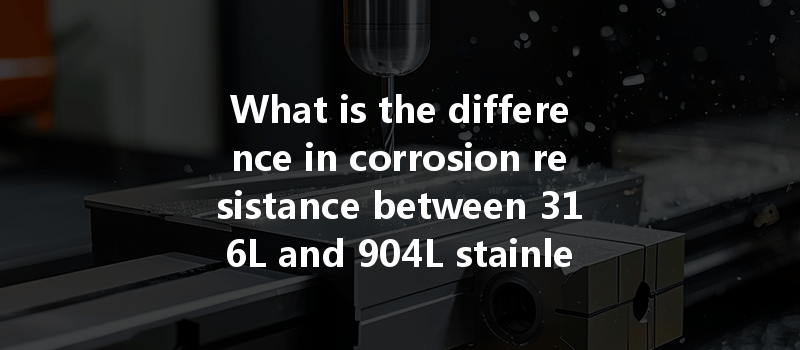
4.
In environments involving reducing acids, such as sulfuric acid, 904L outperforms 316L due to its alloy composition. The significant nickel and copper contents enhance the material’s resistance to aggressive acid environments, making it the preferred choice in certain chemical processing applications.
CNC machining presents challenges and considerations for different stainless steel grades. Understanding the distinct characteristics of 316L and 904L is paramount for optimizing the machining process.
5.
While both 316L and 904L are machinable, they exhibit differences in machinability.
5.
Selecting the appropriate tooling and cutting parameters is essential when machining these stainless steel grades:
5.
The desired surface finish must also be considered when machining these materials. Stainless steel parts often require specific finishes, with surface roughness being closely monitored. Typically, a higher surface finish correlates with improved corrosion resistance.
Understanding the costs associated with 316L and 904L stainless steels is vital for budget-conscious projects. Generally, the cost of 904L is higher than 316L due to its complex alloy composition. When making a selection, it’s essential to weigh the cost difference against the performance requirements of the specific application.
Incorporating 316L and 904L stainless steels in manufacturing requires a thorough understanding of their respective properties and corrosion resistance capabilities. While 316L offers excellent corrosion resistance and is particularly suited for moderate conditions, 904L demonstrates superior capabilities in highly aggressive environments, particularly those involving chlorides and strong reducing acids.
For engineers, designers, and manufacturers using CNC machining processes, the selection between these two materials should be governed by the specific application, environmental exposure, and desired performance characteristics. While each has its distinct advantages, understanding their differences ensures better resource management and enhances the reliability and durability of produced components.
YL Machining is dedicated to providing high-quality CNC machining services tailored to your specifications. Whether you’re in the pharmaceutical, marine, or oil and gas industry, our expertise in handling various stainless steel grades ensures your projects achieve optimal performance and longevity.
—
This article highlights the critical aspects of corrosion resistance in 316L and 904L stainless steels, equipping professionals in the CNC machining industry with essential knowledge to make informed choices that will impact their products’ performance and reliability.



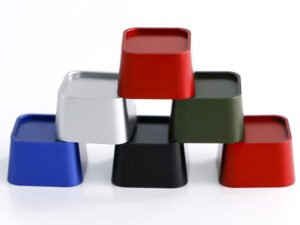
-300x225.jpg)

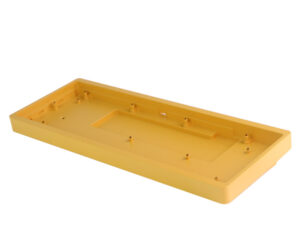
-300x225.jpg)
